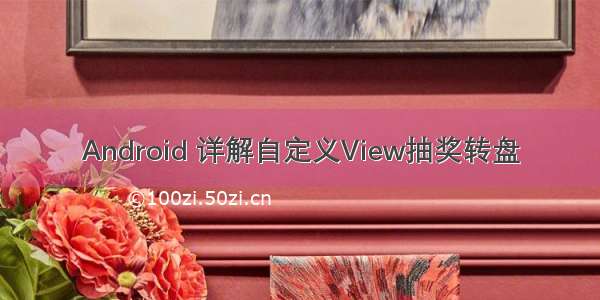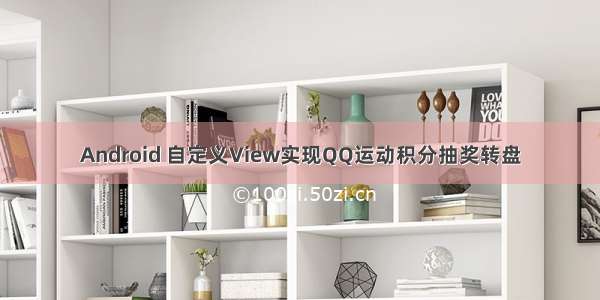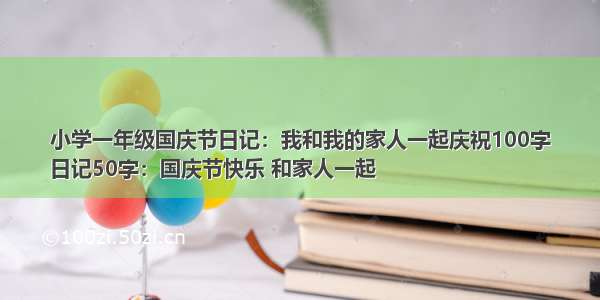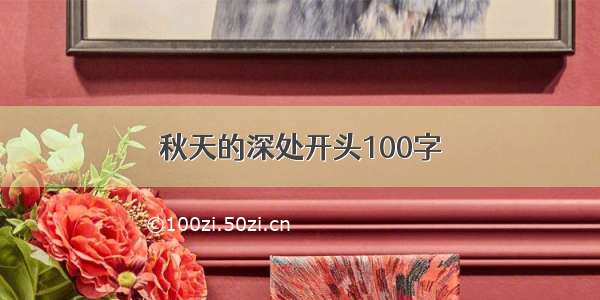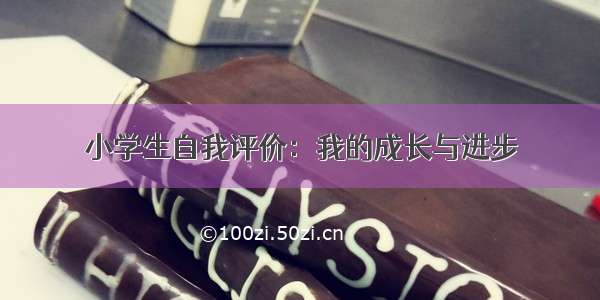
需要自定义一个组件CascadeLayout,让子view可以像拿扑克牌那样的层叠起来,主要实现效果:
为了设置子view之前的偏移距离,这里需要定义子view相对于上一张卡片的的左边距,上边距。然后每张卡片也可以单独的设置自己需要的边距。这个边距和不是指的内边距(padding)和外边距(margin),而是两张卡片之间的偏移距离。
在attrs中定义属性:
其中,Cascade属性集为组件对子view设置的统一属性,每个view默认使用两个属性定义的相对于上一张卡片的左边距和上边距;Cascade_LayoutParams属性集为子view单独为自己设置的对于上一张卡片的左边距和上边距,如果子view定义了这两个属性,则会覆盖掉CascadeLayout 定义的边距;
构造方法中读取这两个属性:
public CascadeLayout(Context context, AttributeSet attrs) {
super(context, attrs);
TypedArray ta = context.obtainStyledAttributes(attrs, R.styleable.Cascade_LayoutParams);
try {
leftCardPadding = ta.getDimensionPixelSize(R.styleable.Cascade_leftCardPadding, context.getResources().getDimensionPixelSize(R.dimen.default_leftCardPadding));
topCardPadding = ta.getDimensionPixelSize(R.styleable.Cascade_topCardPadding, context.getResources().getDimensionPixelSize(R.dimen.default_leftCardPadding));
Log.e("TAG", "leftCardPadding:" + leftCardPadding);
Log.e("TAG", "topCardPadding:" + topCardPadding);
} finally {
if (ta != null) ta.recycle();
}
}
同样的,构造CascadeLayout.LayoutParams 来读取子view单独设置的属性:layoutLeftCardPadding,layoutTopCardPadding:
public static class LayoutParams extends ViewGroup.LayoutParams {
int x, y;//相对于father的位置
int layoutLeftCardPadding;//自己需要显示的左边的尺寸
int layoutTopCardPadding;//自己需要显示的上边的尺寸
public LayoutParams(Context c, AttributeSet attrs) {
super(c, attrs);
TypedArray ta = c.obtainStyledAttributes(attrs, R.styleable.Cascade_LayoutParams);
try {
layoutLeftCardPadding = ta.getDimensionPixelSize(R.styleable.Cascade_LayoutParams_layout_leftCardPadding, -1);
layoutTopCardPadding = ta.getDimensionPixelSize(R.styleable.Cascade_LayoutParams_layout_topCardPadding, -1);
Log.e("TAG", "leftCardPadding:" + layoutLeftCardPadding);
Log.e("TAG", "topCardPadding:" + layoutTopCardPadding);
} finally {
if (ta != null) ta.recycle();
}
}
public LayoutParams(int width, int height) {
super(width, height);
}
public LayoutParams(ViewGroup.LayoutParams source) {
super(source);
}
}
LayoutParams的x,y用于保存自己在CascadeLayout中的位置。
属性设定好之后,就可以通过onMeasure方法和onLayout方法来计算尺寸和布局。
onMeasure方法除了需要计算自己的尺寸之外,还需要需要计算每一个子view的尺寸和位置。计算的时候,如果不是最后一张card,则总宽度累加一个偏移距离,最后一张不累加。然后如果有子view单独为自己设置了距离上一张卡片的边距,则覆盖CascadeLayout设置的值。
@Override
protected void onMeasure(int widthMeasureSpec, int heightMeasureSpec) {
int width = getPaddingLeft(), height = getPaddingTop();
int count = getChildCount();
for (int i = 0; i < count; i++) {
View child = getChildAt(i);
measureChild(child, widthMeasureSpec, heightMeasureSpec);
LayoutParams params = (LayoutParams) child.getLayoutParams();
//计算下一张card的左边距和上边距
int cardPaddingLeft = params.layoutLeftCardPadding > 0 ? params.layoutLeftCardPadding : leftCardPadding;
int cardPaddingTop = params.layoutTopCardPadding > 0 ? params.layoutTopCardPadding : topCardPadding;
//保存子view的位置
params.x = width;
params.y = height;
//累加的width和height
if (i != count - 1) {
width += cardPaddingLeft;
height += cardPaddingTop;
} else {//最后一张
width += getPaddingRight() + child.getMeasuredWidth();
height += getPaddingBottom() + child.getMeasuredHeight();
}
}
/**
* resolveSize 和getDefaultSize有什么区别?
*
* getDefaultSize(size,measureSpec)优先使用measureSpec定义的大小;
* resolveSize(size,measureSpec),如果measureSpec未定义,则使用提供的大小(size),
* 否则,如果measureSpec的模式是(EXACTLY),则使用measureSpec定义的大小,
* 如果measureSpec定义的是AT_MOST,则使用两者中较小的那个
*
* 区别是当measureSpec定义的是AT_MOST(布局中为WRAP_CONTENT)的时候,getDefaultSize使用的是measureSpec定义的大小,
* resolveSize使用的是两者中较小的那个
*/
/**
* 那么这里的话,如果是WRAP_CONTENT的话,则应该使用较小的那个,使用resolveSize更为妥当
*/
setMeasuredDimension(resolveSize(width, widthMeasureSpec), resolveSize(height, heightMeasureSpec));
// setMeasuredDimension(getDefaultSize(width, widthMeasureSpec), getDefaultSize(height, heightMeasureSpec));
}
测量完之后,可以编写onLayout()了:
@Override
protected void onLayout(boolean changed, int l, int t, int r, int b) {
int count = getChildCount();
for (int i = 0; i < count; i++) {
View child = getChildAt(i);
LayoutParams params = (LayoutParams) child.getLayoutParams();
child.layout(params.x, params.y, params.x + child.getMeasuredWidth(), params.y + child.getMeasuredHeight());
}
}
最后,自定义LayoutParams需要重写以下方法,可直接从android源码中复制过来。
/**
* 自定义LayoutParams 需要重写以下方法
*/
@Override
protected boolean checkLayoutParams(ViewGroup.LayoutParams p) {
return p instanceof CascadeLayout.LayoutParams;
}
@Override
protected ViewGroup.LayoutParams generateDefaultLayoutParams() {
return new LayoutParams(LayoutParams.WRAP_CONTENT, LayoutParams.WRAP_CONTENT);
}
@Override
public ViewGroup.LayoutParams generateLayoutParams(AttributeSet attrs) {
return new LayoutParams(getContext(), attrs);
}
@Override
protected ViewGroup.LayoutParams generateLayoutParams(ViewGroup.LayoutParams p) {
return new LayoutParams(p);
}
以上内容已完整记录自定义CascadeLayout的处理过程。为了美观,这里在使用的时候给子view添加了一个动画效果,其中应用到了LayoutAnimationController类,用于为子视图添加动画效果,让卡片一张接一张的显示出来。
MainActivtiy:
void testLayoutAnimation() {
cascadeLayout = (CascadeLayout) findViewById(R.id.cl1);
AnimationSet set = new AnimationSet(true);
Animation alphaAnimation = new AlphaAnimation(0f, 1f);
alphaAnimation.setDuration(300);
set.addAnimation(alphaAnimation);
Animation scaleAnimation = new ScaleAnimation(0f, 1f, 0f, 1f, 0.5f, 0.5f);
scaleAnimation.setDuration(300);
set.addAnimation(scaleAnimation);
LayoutAnimationController controller = new LayoutAnimationController(set, 0.2f);
cascadeLayout.setLayoutAnimation(controller);
}
测试使用的布局文件:
xmlns:phy="/apk/res-auto"
android:layout_width="match_parent"
android:layout_height="match_parent"
android:orientation="vertical">
android:id="@+id/cl1"
android:layout_width="wrap_content"
android:layout_height="wrap_content"
android:background="#cccccc"
phy:leftCardPadding="20dp"
phy:topCardPadding="30dp">
android:layout_width="100dp"
android:layout_height="200dp"
android:background="#ff0000" />
android:layout_width="100dp"
android:layout_height="200dp"
android:background="#ff0033" />
android:layout_width="100dp"
android:layout_height="200dp"
android:background="#ff0066"
phy:layout_leftCardPadding="50dp"
phy:layout_topCardPadding="80dp" />
android:layout_width="100dp"
android:layout_height="200dp"
android:background="#ff00aa" />

